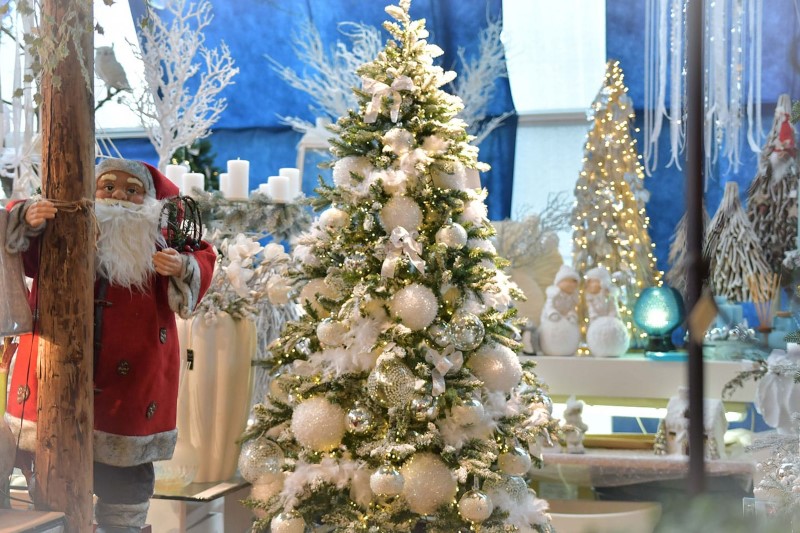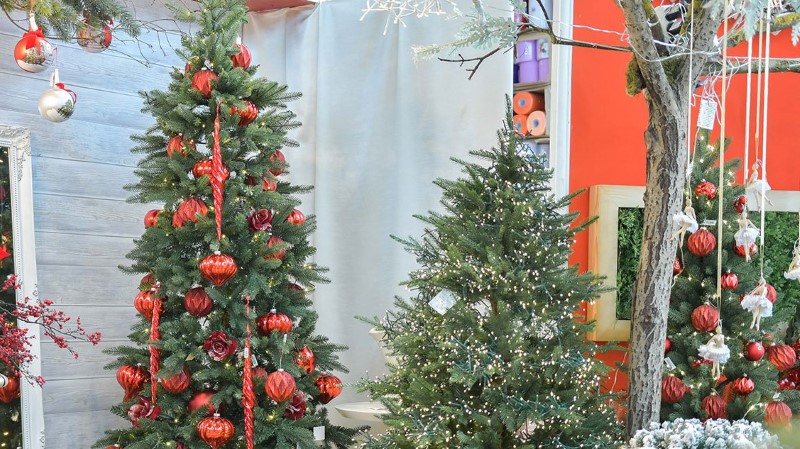Table of Contents
Before you go to the tree farm, it is important to be sure that you know the size of the tree that best fits in your home. Measure your ceiling height and subtract the tree topper and stand’s height to get the maximum height for your tree. You also need to measure the space in the area where you are planning to place your tree to determine the width of the tree you will get.

Every Christmas tree has a different girth so you want to ensure that you will get something that is wide enough for the area. You also need to measure the diameter of your tree stand’s hole with bolts that barely stick through the sides. Your goal here is to make sure that the tree you will get has a trunk that fits and is large enough for keeping your tree upright.
Measure the distance from the water bowl’s bottom to the peak of the stand in which the anchor bolts are coming through. It is important to note this length when the time comes that you need to trim off the branches from the tree’s bottom. One more option is to just bring the stand with you to ensure that it is the perfect fit. In case you are planning to get a tree that is bigger than the one you had last year, there might be a need for you to invest in a larger stand.
What Type of Christmas Tree Should You Buy?
Christmas trees are available in different varieties. These include the renowned Fraser Fir with its excellent needle retention and fragrance and also Concolor Fir and Canaan Fir. Every tree variety has its unique characteristics. All of them also have great needle retention.
This means that at the end of the day, it is still about personal visual preferences. Trees are those that are freshly cut from tree farmers with all varieties offering good needle retention as long as you take care of them properly.
What to Look for When Choosing Your Tree
Make sure that you check your Christmas tree for freshness (more information on the Miravila website). To do this, grab any tree branch between your forefinger and thumb then gently squeeze then pull it towards you. If you get handful of needles, you might want to look for a different tree. It is only natural that the inside of the tree will have a few needles because of transportation and cutting.

You also need to check the straightness of the tree trunk. Hold the tree upright and inspect the trunk’s overall straightness. It is less likely for a straighter tree to fall over after putting it up.